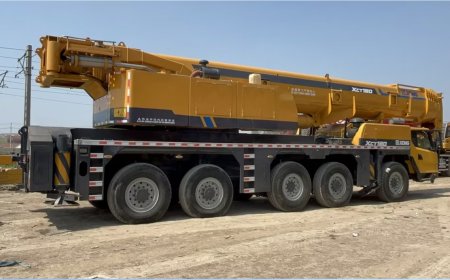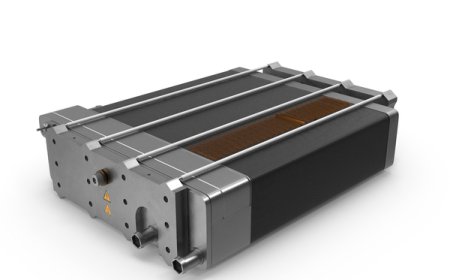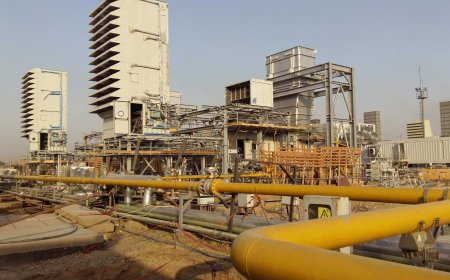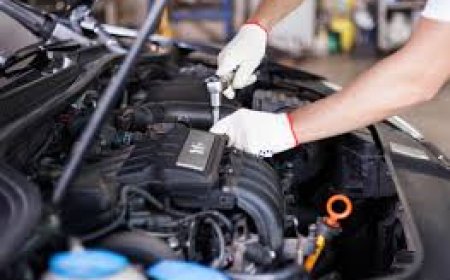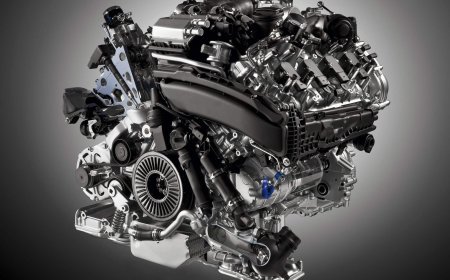The Future of Automobiles: Where Innovation Takes the Wheel
So, whether you're a daily commuter, weekend cruiser, or someone who simply enjoys the hum of a well-tuned engine, the future of automobiles has something for you.

Automobiles are evolving at a pace that even seasoned auto enthusiasts find surprising. While the core purpose of vehicles remains unchangedmoving people and goods efficientlythe way they are built, powered, and connected to our world is changing fast. Todays vehicles are smarter, cleaner, and more adaptive than ever. This blog takes a close look at the key innovations shaping the future of automobiles, and how these changes affect consumers and the industry alike.
The Shift Toward Electric Vehicles (EVs)
Electric vehicles (EVs) are no longer rare or experimental. Theyre becoming mainstream, driven by technological advances, environmental concerns, and supportive government policies.
Why EVs are taking off:
-
Battery improvements:Lithium-ion batteries are getting cheaper and more efficient. Solid-state batteries are in development and may soon increase range and safety even further.
-
Lower operating costs:EVs cost less to maintain and charge than gasoline-powered vehicles.
-
Incentives:Many governments offer tax breaks, rebates, and perks like free parking or HOV lane access.
-
Infrastructure growth:Public and home charging stations are becoming widely available.
Major automakers like Ford, GM, and Volkswagen have committed to transitioning large parts of their fleets to electric by 20302035. Tesla continues to lead in terms of battery tech and over-the-air updates, but traditional manufacturers are catching up fast.
EVs are also shaping urban transport. Electric buses, delivery vans, and even garbage trucks are now being deployed in cities aiming to cut emissions.
Advanced Driver Assistance and Autonomy
Cars are getting smarter, not just in how they drive but also in how they help drivers make better decisions or avoid accidents entirely.
Features making cars safer and more user-friendly:
-
Adaptive cruise control:Maintains distance from the vehicle ahead automatically.
-
Lane-keeping assist:Helps prevent unintentional drifting.
-
Automatic emergency braking:Applies brakes when an imminent collision is detected.
-
360-degree cameras and sensors:Improve awareness in tight spots and while parking.
These features are grouped under what's called ADASAdvanced Driver Assistance Systems. They are stepping stones to full autonomy. Companies like Waymo, Cruise, and Tesla are testing self-driving systems, though true Level 5 autonomy (fully driverless) is still years away.
Still, the progress in driver support is improving safety and convenience now. Even in basic models, smart sensors and alert systems are making roads safer.
Connectivity and In-Car Technology
Cars today are as much about software as they are about engines and wheels. Connectivity and digital systems have redefined the in-car experience.
Key trends in automotive connectivity:
-
Infotainment systems:Modern vehicles come with large touchscreens, voice control, and smartphone integration via Apple CarPlay or Android Auto.
-
Over-the-air updates:Just like smartphones, cars can now receive performance updates or new features wirelessly.
-
Vehicle-to-everything (V2X):Cars are beginning to communicate with other vehicles and infrastructure (like traffic lights) to optimize driving.
-
Subscription-based features:Some manufacturers are offering heated seats, extra horsepower, or advanced navigation as optional, paid digital upgrades.
These tech improvements make cars more comfortable and capablebut they also raise new questions. Who owns your driving data? What happens if the internet connection drops? These are issues that the industry is still working through.
Sustainable Materials and Manufacturing
Beyond electrification, automakers are rethinking how cars are built. From materials to processes, the goal is to reduce the environmental footprint throughout the vehicles life cycle.
Eco-conscious practices include:
-
Recycled materials:Seats made from plastic bottles, carpets from ocean waste, and panels made of biodegradable fibers.
-
Efficient manufacturing:Factories powered by renewable energy, 3D printing to reduce waste, and water-saving paint processes.
-
Lightweight designs:Using aluminum and carbon fiber to reduce vehicle weight, which improves efficiency and handling.
Sustainability is now a business priority. Automakers are not only aiming to meet regulations but also to align with consumer expectations. More buyers are factoring in the carbon footprint of production when making decisionsnot just fuel economy.
As strange as it may sound, the shift in how cars are built shares similarities with other industries. For instance, evenhigh puff vapemanufacturers .
What It Means for Drivers
While all this innovation is exciting, what does it mean for everyday drivers? Heres a look at how these trends affect your experience on the road and at the dealership.
Things to consider as a car buyer or enthusiast:
-
Upfront costs vs. long-term savings:EVs may cost more at the start, but their lower fuel and maintenance costs often make them cheaper over time.
-
Software updates:Your car might improve after you buy it. For example, performance tuning or better navigation can arrive via updates.
-
Learning curve:With new tech comes new interfaces. Touchscreens and digital dashboards can be unfamiliar at first.
-
Infrastructure needs:If youre considering an EV, make sure you have access to home or nearby public charging stations.
-
Privacy and security:Be aware of what data your car collects and how its used or shared.
Automobile enthusiasts who enjoy working on their own vehicles might also find modern engines and electronics less DIY-friendly. Still, there's a growing online community around EV modifications, tech hacks, and performance upgrades, helping to keep the spirit of customization alive.
Conclusion
The automobile industry today is in the middle of a quiet revolution. What was once a mechanical tool is quickly becoming a tech platform on wheelsconnected, electric, smart, and sustainable.
If you're into cars, there's never been a more interesting time to pay attention. Whether you're drawn to the raw performance of a muscle car, the silent speed of an electric sedan, or the problem-solving engineering behind hybrids and self-driving systems, there's innovation happening on every front.
Looking ahead, the line between car and computer will continue to blur. While the road to full autonomy, zero emissions, and total connectivity isn't complete, the direction is clearand its moving fast.
Even as we enjoy our present-day drives, its worth watching the horizon. The way we move is changing, and the next chapter in automotive history is already being written.
And just like the shift in auto tech, even unrelated industrieswhether its something likecheap disposable vapepackagingare being shaped by consumer demand for innovation, simplicity, and responsibility.







